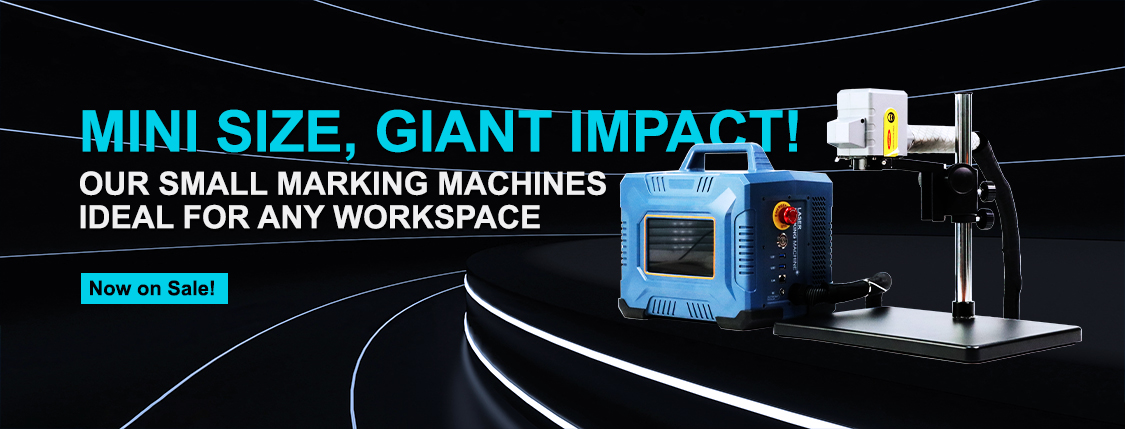Optical terms for cosmetic instruments
Optical terms for cosmetic instruments
A photon is an elementary particle, a quantum of electromagnetic radiation. In quantum field theory, it's the force carrier that transmits the electromagnetic force.
Light spots/spots are few and far between
Light spot is the contact point of light contact skin, different instruments have different light output size and shape. Such as color light instrument contact point is generally rectangular, size marked as long x wide (for example: 10mm x 25mm). Generally, the laser output is a dot, and the size is marked as the diameter (e.g., 3mm, 8mm, etc.). Some lasers will be output in a dot matrix, laser in very small (say 100um) and output in arrays
Injection volume
The injection quantity is related to the amount of light spot and the total energy output: injection quantity (J/cm2) = energy output (J)/cross-sectional area of light (cm2) Injection quantity is the unit of energy used by laser/color light on the skin surface, usually with the number of joules per square centimeter (J/cm2)
Is the average energy required per square centimeter (cm2). The amount of laser/color light transmitted must be sufficient to destroy the target within a specified time. If the injection amount is set unchanged, the larger the spot area, the larger the energy output of the instrument needs to be. On the contrary, the smaller the spot area, the smaller the energy output of the instrument needs to be. At the operational level, the average amount of energy received by the skin is the same no matter how the size of the spot is changed, as long as the appropriate injection is set. So now most instruments can set the amount of injection rather than the total energy output of the instrument.
Pulse width/duration
In addition to wavelength, pulse duration is also an important factor affecting the function or effect of optical instruments. If light energy of the same wavelength is output with different pulse duration, different functions can be achieved. Pulse duration refers to the expected time when the injection is delivered to the target. Under the specified injection amount, the energy in the target will increase slowly with a longer pulse duration. However, the short pulse duration makes the target energy easy to be destroyed by instant increase, which is related to the heat energy emission time of the target.
Pulse duration is basically in seconds:
Longer in milliseconds (ms) as the unit, can be called long pulse;
The shorter pulse is in the unit of microsecond (μs), which can be called quasi-length pulse/semi-length pulse.
The very short ones, in the unit of nanosecond (ns), are called Q-Switched. For example, the shortest nanosecond laser currently takes picosecond (ps) as the unit, that is, trillionth of a second
Frequency
Some optical instruments can set the Frequency of pulse output (Hz), that is, the number of pulses transmitted per second. For example, if set to 10Hz, the instrument will be continuously transmitted at a frequency of ten pulses per second
Output mode
Continuous Wave/ Mode: Continuous wave output is the continuous output of light waves after being enabled. The energy received by the skin depends on the length of time of exposure to light waves.
Pulse output (Pulsed Mode): Pulsed mode
The pulse mode can be single pulse, multiple pulse or continuous pulse. A single pulse is when a specific energy is emitted at a specific time. Multipulse is when a particular energy is distributed evenly across several pulses. A continuous pulse means that light energy is emitted continuously at a set frequency
Cooling
This refers to the cooling of the skin. The cooling system ensures that the skin will not be heated too much to cause burns, especially when using higher energy instruments. Cooling can be divided into contact and non-contact, contact cooling examples would include: Ice (Ice Pack), the instrument is equipped with metal or glass cold may the first. Non-contact cooling examples would include: cooling fan, cold may spray, etc.
Thermal Relaxation Time
Thermal relaxation time (Thermal relaxation time) is defined as the time required for thermal energy to radiate from the highest temperature to about half (50%) of this temperature after the target absorbs light energy. This is the thermal energy radiating time.
The most important thing is that the duration of the pulse of light energy should not exceed the heat dissipation time of the target, otherwise the heat will radiate to the surrounding tissues, resulting in tissue damage and possible scab formation. The heat dissipation time will be affected by the correct volume and surface area of the target. The smaller the target, the shorter the heat dissipation time, so the duration of the laser pulse is shorter. If the duration of the laser/color light pulse is shorter than the heat dissipation time of the target, the energy will accumulate without escaping to the tissues outside the target, and the temperature of the target will be raised until it is destroyed without damaging the adjacent tissues.



